Drawing on the Right Side of the Brain: The Definitive, 4th Edition
Original price was: $22.00.$12.58Current price is: $12.58.
Translated into more than seventeen languages, Drawing on the Right Side of the Brain is the world’s most widely used instructional drawing book. Whether you are drawing as a professional artist, as an artist in training, or as a hobby, this book will give you greater confidence in your ability and deepen your artistic perception, as well as foster a new appreciation of the world around you. This revised/updated fourth edition includes:
• a new introduction;
• crucial updates based on recent research on the brain’s plasticity and the enormous value of learning new skills/ utilizing the right hemisphere of the brain;
• new focus on how the ability to draw on the strengths of the right hemisphere can serve as an antidote to the increasing left-brain emphasis in American life-the worship of all that is linear, analytic, digital, etc.;
• an informative section that addresses recent research linking early childhood “scribbling” to later language development and the importance of parental encouragement of this activity;
• and new reproductions of master drawings throughout
Read more
4133 reviews for Drawing on the Right Side of the Brain: The Definitive, 4th Edition
Add a review

Constructing Medieval Furniture: Plans and Instructions with Historical Notes
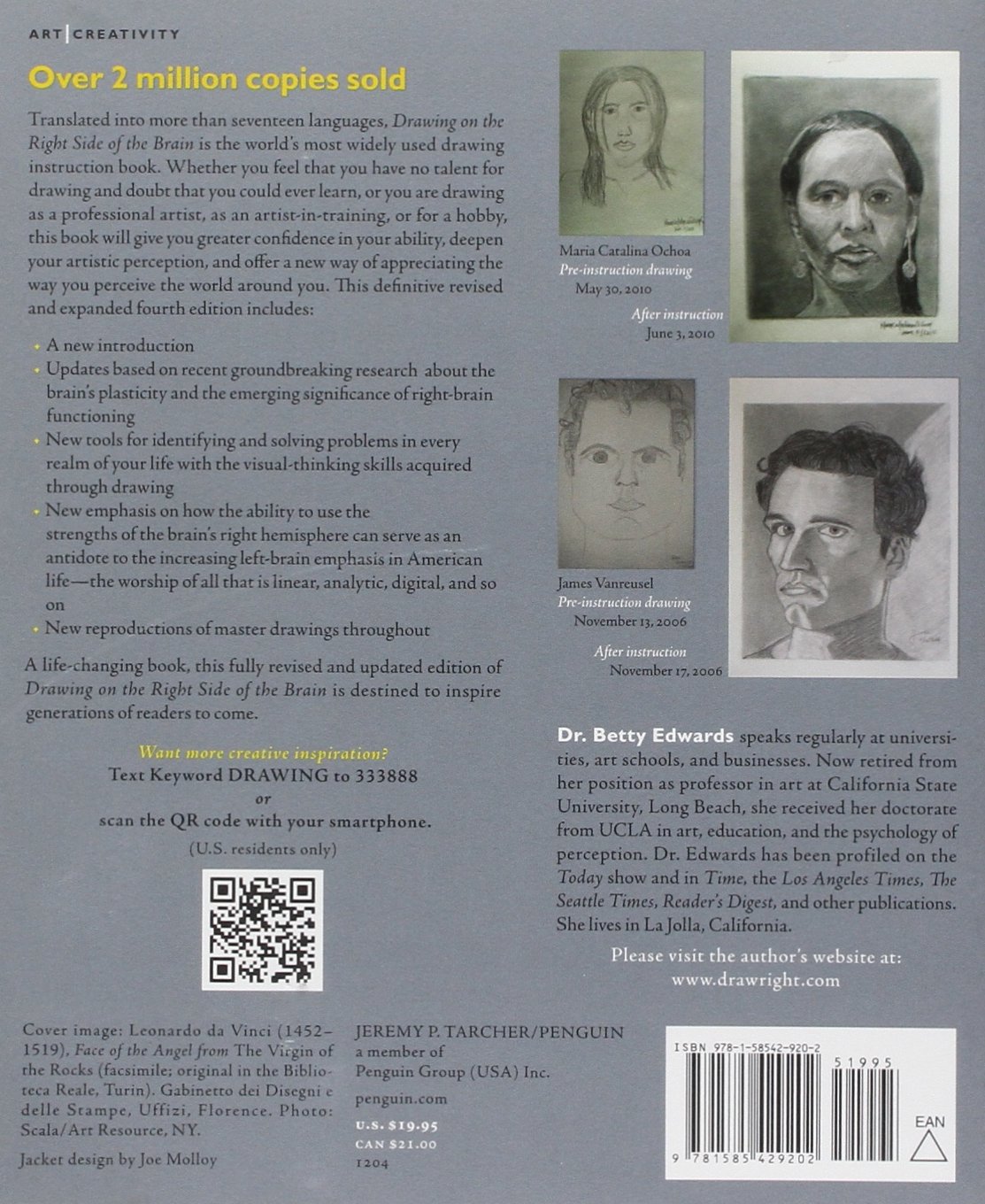
Original price was: $22.00.$12.58Current price is: $12.58.


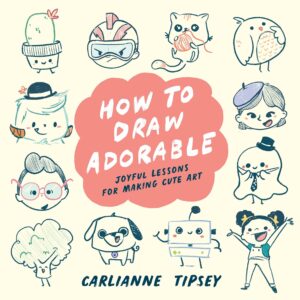

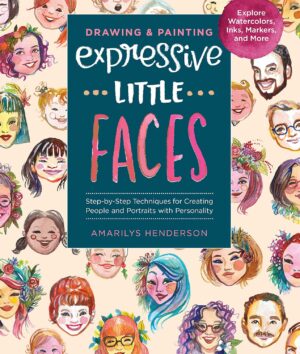

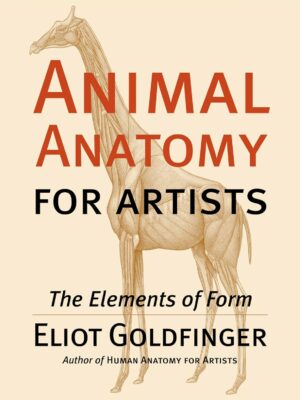



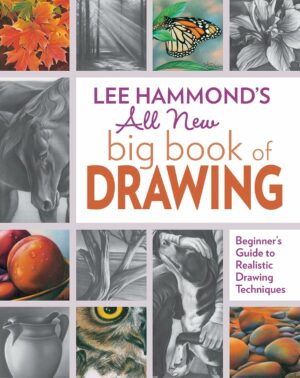
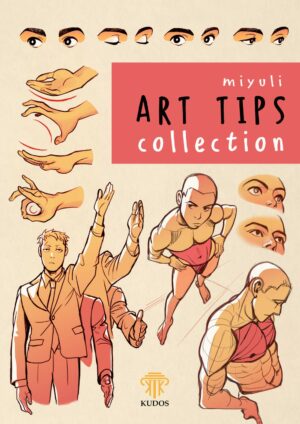

LL –
Great examples, great to learn to think about drawing. Perfect for beginners or a refresher for more experienced for both drawing and painting.
Sean Patrick Shetler –
“Drawing on the Right Side of the Brain: The Definitive, 4th Edition” by Betty Edwards is a groundbreaking guide that unlocks the secrets of artistic expression and creativity. With its innovative approach to drawing, this book has inspired countless aspiring artists to tap into their right-brain abilities and unleash their full creative potential.
From the very beginning, Edwards captivates readers with her unique perspective on drawing as a learnable skill rather than an innate talent. She introduces the concept of the “right side” of the brain as the seat of creativity and visual perception, challenging readers to embrace a new way of seeing the world around them.
One of the book’s most compelling aspects is its practical approach to teaching drawing techniques. Edwards provides step-by-step exercises and hands-on activities designed to help readers develop their drawing skills incrementally. By breaking down complex concepts into manageable tasks, she empowers even the most novice artist to achieve remarkable results.
Moreover, “Drawing on the Right Side of the Brain” is not just a technical manual; it is also a journey of self-discovery and personal growth. Edwards encourages readers to explore their own creativity and artistic vision, guiding them through exercises that stimulate imagination, intuition, and emotional expression.
Furthermore, the 4th edition of the book features updated content and additional resources, including new insights into the neuroscience of creativity and expanded chapters on topics such as composition, color theory, and drawing from memory. These enhancements make the book an invaluable resource for both beginners and experienced artists alike.
In conclusion, “Drawing on the Right Side of the Brain: The Definitive, 4th Edition” is a must-have resource for anyone seeking to unlock their creative potential and master the art of drawing. With its practical exercises, insightful teachings, and inspiring philosophy, this book has earned its reputation as a classic guide to drawing and a timeless source of inspiration for artists of all levels.
Eoin –
I bought this last Christmas for a close friend of mine (20) who, after seeing me doodle, expressed that she had always wanted to draw and felt she was unable to. She was under the (really common) impression that you are “born” with the ability to draw well – and I’d almost take offense at that; I work really hard to be able to draw like I do! (I can certainly draw and paint, though I’m no Picasso.) After some research, I discovered the incredible reviews, not to mention the results, from the people who have read this book or been to one of Betty Edward’s classes. And I saw in her teaching something that I had taught myself, but had not yet been able to put into words: when you draw, accurately, you override your brain at every stage telling you “no, a foot looks like THIS”, or “Actually, eyes are shaped like THIS”, and you really *see* what is in front of you. It’s not a magic ability or a genetic quirk, it’s simply a skill that anyone can learn with the right teacher.
And Betty Edwards is most certainly that teacher! The book has gone down a huge success with my friend, whose enjoyment is only matched by her enthusiasm to learn, and honestly, it’s a great gift for me to see someone I’m close to enjoy the same thrill that accompanies artistic improvement, and for me to have played a part in that. The book itself is a fascinating read and the exercises are incredible – though if I recall correctly, some of the science behind the left/right brain hemispheres has been debunked recently? In any case. Whether you are 15 years old and unhappy with the pace of your school’s art class, or 20 and wishing you could draw anything besides a wonky smiley face, or 60 and regretting a life not spent with a pencil and paper: Get, and put to use, this book. It is the best starting point I’ve ever heard of, excepting perhaps the classes held by the author herself.
And if Dr.Edwards could ever find the time to visit Ireland, I can guarantee she’ll have at least a +2 for any classes she sets up! We’ll drag along everyone we know if we have to!
Sylari –
It’s been a while since I seriously pursued my artistic passions, so I bought this book (among others) to get those creative juices flowing again. The exercises are excellent. I know it’s been well regarded as an instructional book for a bit, and I feel that it’s well written and easy to understand. The author does a great job of giving step by step directions to follow, and it sort of puts you in a mindset to “think artistically.”
John R. Small –
I’ve read quite a few books, as someone totally new but sincere about wanting to learn to draw, I give this book an A+
Amazon カスタマー –
I always believe that the ability to draw is an innate skill and couldn’t be taught. People who are able to draw are those who had the drawing skill born with them since their childhood. But after reading this book, my perception changed. I start to realize that drawing is a skill that could be learn. I start to draw simple shapes and start perceive shapes in real life. I start to see shading, edges and spaces. Everything just appears in front of my eyes. I was shocked and asked myself why didn’t I see those things before. Things become clearer than ever in my eyes.
The book does bring another theme which is intriguing to read: the working of left and right brain. Left brain is responsible for languages while right brain is responsible for perceiving image. In real life both sides of the brain work together toward a results and it’s good. But sometime we need to shut down 1 side to let the other side work because that side is just better and suitable for the work. The book has exercises to shut down left brain and let right brain reins. After finishing those exercises, I realize I use right brain more frequent and look for things under multi perspectives, which is a really good influence of this book.
Highly recommend book for those who start learning to draw like me. I guarantee after finishing it, you can draw. And moreover you realize the real power of your brain.
Nishant Sharma –
I read this book during my summer vacations (I am a school teacher). I used to read 4-5 pages everyday and do every exercise as mentioned. I was amazed at the speed of my progress. This book starts with teaching us the importance of drawing. It tells us how drawing- till the 19th century- was considered an utmost important part of education. Then it tells us about left brain and right brain. And then begins the basic components of drawins- perspective, values, proportion etc. Overall, I am truly happy with this book. I still do the exercises mentioned here.
Enrico Colombini –
Il libro sembra molto interessante, ben fatto e giustamente prende per la manina e rassicura chi parte da zero assoluto (o sottozero, come nel mio caso).
Serve un minimo di attrezzatura da acquistare e/o fabbricarsi (ho usato un pezzo di plexiglass per il ‘frame’), sarebbe utile poterla acquistare insieme al libro.
Non sono ancora andato molto avanti perché gli esercizi richiedono un certo tempo consecutivo di concentrazione senza interruzioni, che per me non è facile da trovare, ma mi riprometto di farlo perché penso proprio che ne valga la pena.
Re –
Lectura interesante sobre la relación del dibujo y desarrollo mental